While plumbers and pipefitters perform similar duties, each title maintains a unique set of knowledge, skills, and responsibilities. According to the U.S. Bureau of Labor Statistics (BLS), both professions can be called on to assemble, install, and repair pipelines.
So, how do you decide which trade to pursue? How does the day-to-day differ for a plumber vs. pipefitter? And what are the financial perks associated with each profession?
This article will clearly distinguish between plumbers and pipefitters based on their roles, skills, salary expectations, and the education needed to become a successful professional in the field.
Table of Contents
What Do Plumbers and Pipefitters Do?
Understanding the difference between a plumber and a pipefitter will help you choose the right career path.
Responsibilities of a Plumber
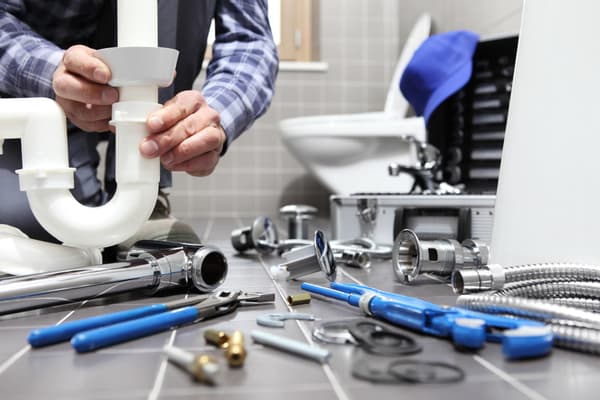
Plumbers must be able to read blueprints and understand building codes. They are highly skilled professionals who work alongside engineers, architects, carpenters, masons, and electricians on a construction site. Plumbers install, maintain, and repair water-based systems. Their skills include:
- Fabricate, assemble, install, maintain, and repair water filtration systems, water heaters, and sewage lines.
- Lay fixtures and pipelines for water supply in newly constructed homes.
- Unclog blocked pipes and drainage systems.
- Install and repair appliances such as washing machines, water heaters, refrigerators, and dishwashers.
- Repair or replace broken pipelines in residential and commercial locations.
- Analyze and fix any problem in a plumbing system.
Responsibilities of a Pipefitter
Pipefitters work on installing, repairing, and maintaining high-pressure piping systems such as steam, acids, chemicals, or gases. They usually work in industrial settings and are relatively more specialized than plumbers. Their responsibilities include:
- Build, install, and assemble piping systems and parts.
- Weld, reshape, and cut pipe components.
- Skilled at handling cutting saws and torches, and pipe threaders.
- Perform maintenance and repair of fuel, cooling, and heating systems.
- Inspect pipe systems for any damage.
- Understand how to use pressure gauges and perform hydrostatic testing in pipe systems.
- Understanding of national and state building codes, including safety laws.
- Service commercial cooling and heating systems.
- Repair commercial waste disposal systems.
- Install piping in meters, compressors, pumps, and hydraulic and pneumatic controls.
- Understanding of copper, PVC, stainless steel, high-carbon steel, and galvanized steel piping systems.
Plumber Vs. Pipefitter: What’s the Difference?
We observe that the Bureau of Labor Statistics classifies plumbing and pipefitting together. We’ll also note that both professions experience are extremely high in demand across the following industries:
- Residential construction companies
- Utility companies
- Commercial construction projects
- Large government projects
- Oil and gas pipeline systems
- Ship and boat building
That said, each title maintains a distinct set of responsibilities and different earning potential, which is why we consider them similar but different careers. Individuals interested in pursuing a career in this area should understand the differences that exist between the two titles.
Education and Training
Plumbing and pipefitting need specific education and training. Individuals interested in these careers must consider these points:
- Minimum requirement of high school diploma or GED.
- Enroll in a 1-year trade school for plumbing and/or pipefitting.
- Work as an apprentice under a master plumber or pipefitter for up to five years to get on-the-job training.
START YOUR PLUMBING & HEATING CAREER
Earn your degree in Plumbing & Heating from NEIT and begin your new career path today!
ASSOCIATE'S DEGREE
Salary
According to the Bureau of Labor Statistics, the mean annual wage of plumbers and pipefitters in residential and commercial settings is $34,990. The salary also depends on the industry. Top paying industries include gas distribution and local government institutions that pay an annual mean wage of $48,090.
Workplace Environment
Plumbers work in low-pressure environments such as sewage and tap water systems. They work in plumbing systems to connect pipes with glue, solder, and threads and fit toilets, sinks, faucets, and taps.
Unlike plumbers, pipefitters work in high-pressure environments in industrial settings. The skills required in a pipefitting career include tack-welding and fillet and butt welding. Pipefitters install tees, tack-weld pipes, elbows, and flanges in industrial facilities.
Tools
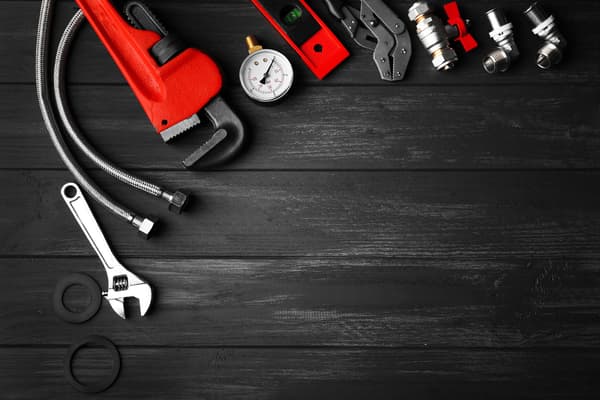
Plumbers usually work with toilet augers, wash basin wrenches, pipe wrenches, and tube/pipe cutters. Meanwhile, pipefitters usually rely on cutting torches, welding equipment, cutting saws, pressure gauges, and fitter grips.
Skills
Listed below are a few additional skills employers expect from plumbers and pipefitters, respectively.
Plumbing Skills
- Ability to work in cramped spaces and with delicate parts.
- Communication skills to supervise other workers in the team and bid for projects.
- Planning work schedules.
- Understand basic math and the ability to read blueprints.
- Partnership building with customers and businesses.
Pipefitting Skills
- Excellent welding skills (Fillet and butt welds) in small and big pipes.
- Pipe bending, threading, and grinding.
- Installation and shoring skills to fit pipes below and above the ground.
- Trench and hydraulic shoring skills while working with huge pipes.
Both plumbers and pipefitters need to know how to draw, read, and understand master plans.
Materials
Plumbers tend to work with simple materials such as copper, PVC and galvanized pipe systems in residential plumbing projects.
What Similarities Exist Between Plumbers and Pipefitters?
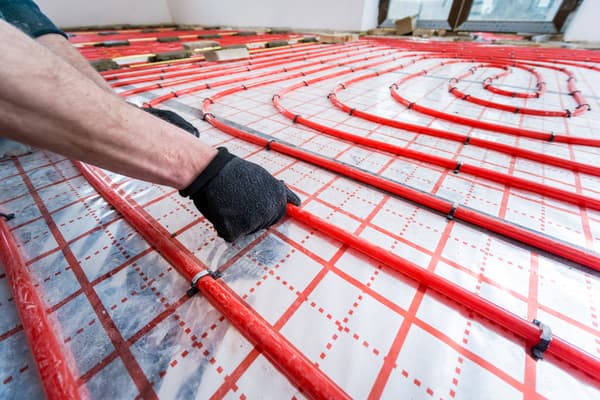
Even though they work in different environments, both careers require similar skills. Whether you work with residential plumbing or at a petrochemical plant, you’ll need to possess a basic understanding of piping systems.
Do Plumbers and Pipefitters Require a License?
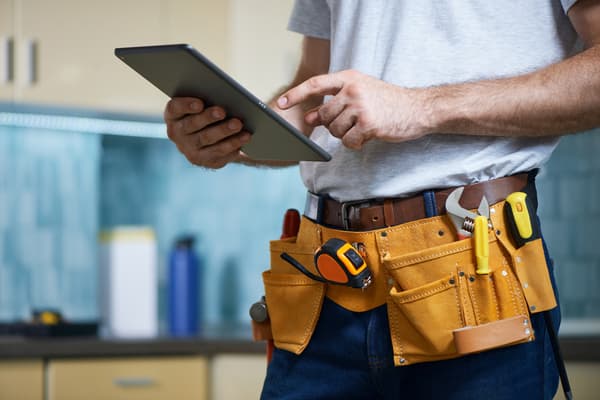
Most states in the U.S. require you to get a license in plumbing or pipefitting. Once you complete the training program and apprenticeship, you can apply for a license.
How to Get a Plumbing License
You need to complete a licensing exam covering different aspects of the plumbing trade, from codes, business, to the law. If you want to establish a company, licensing is a must. You will typically need either a journeyman or master license with a state board that handles professional licensing for plumbers. A plumbing license is valid for two years.
How to Get a Pipefitting License
Becoming a licensed journeyman pipefitter requires at least two years or 4,000 to 6,000 hours of work experience as an apprentice. These requirements may vary state to state.
Pipefitters must demonstrate their understanding of the American Society of Mechanical Engineers (ASME) codes for boilers, pneumatics, and pressure valves. They also need to complete 200-350 hours of ASME training.
If you are in Texas, you may need an additional Occupational Safety and Health Administration (OSHA) course with 30-hours of classroom instruction.
Once you complete the pipefitting course, apprenticeship, and ASME and OSHA 30 courses, you can apply to become a licensed journeyman pipefitter. For example, if you live in Rhode Island, you must apply for a license from the Rhode Island Department of Labor and Training.
How To Know Which Career Is Better for You
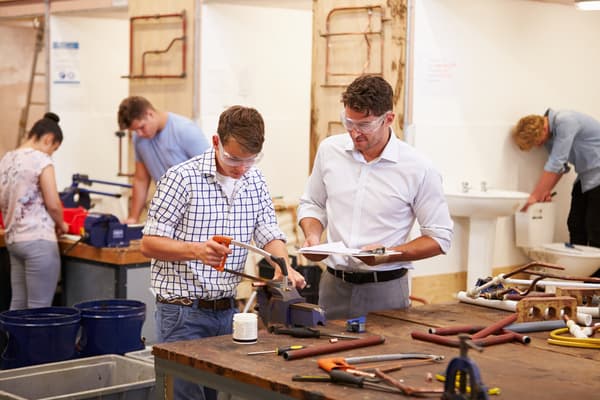
By now, you should understand the difference between a plumber and a pipefitter and be ready to make a decision regarding which career path to pursue. You can also consider the following points:
- Work environment – Plumbers work with pipe installations in residential and commercial locations. Pipefitters primarily work in industrial or manufacturing settings with extensive knowledge of welding.
- Your interests – Consider your non-technical interests. If you are good at communication, you may want to pursue plumbing over pipefitting. Plumbers talk to the customers directly, negotiating costs and building long-term relationships. Pipefitters typically work in a more industrial environment.
- Career needs – Think long-term and evaluate the kind of career you want. Do you want to earn extra income from pipefitting jobs that take place during odd hours? Or, would you rather function independently, as most plumbers do? Many even choose their own hours. Evaluate the career growth prospects, salaries, and work-life balance.
- Ask for advice – Connect with professionals who are already working in the field and ask for their advice. Inquire about their day-to-day tasks and overall experience since starting the job. You can even ask permission to shadow them while they work.
Conclusion
Plumbing and pipefitting are both lucrative career options that require specialized education courses and on-the-job training. An associate degree at the New England Institute of Technology can help you get ahead in the field. Along with the classroom training, you get hands-on experience to collaborate with peers and industry professionals.
START YOUR PLUMBING & HEATING CAREER
Earn your degree in Plumbing & Heating from NEIT and begin your new career path today!
ASSOCIATE'S DEGREE
FAQs
Does a Plumber Work with Heating and Cooling Systems?
Yes, most plumbers have the training to install, repair, and maintain HVAC systems. This includes boiler service and repair. Some plumbers also have training on air conditioners and refrigerators.
What Are the Different Types of Piping Systems a Plumber Can Work On?
A plumber can generally work on piping systems for domestic water, drainage and venting, and any other specialty piping, including that in pools, aquariums, commercial buildings, and residences.
Do Pipefitters Design Pipe Systems?
Yes, master pipefitters have the qualification and advanced technical expertise to design piping systems that can carry liquids and gases safely. This could refer to heavy-duty pipelines in a refinery or a chemical plant. It requires years of experience and knowledge of global and state safety standards.
Where Do Pipefitters Make the Most Money?
According to Bureau of Labor Statistics, the top five highest paying states in the United States for pipefitters are:
- Alaska
- Illinois
- Massachusetts
- Minnesota
- New Jersey

